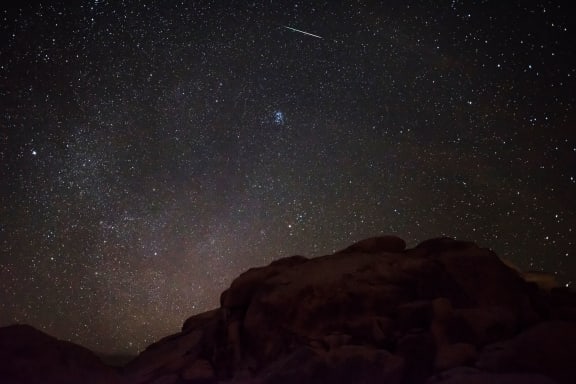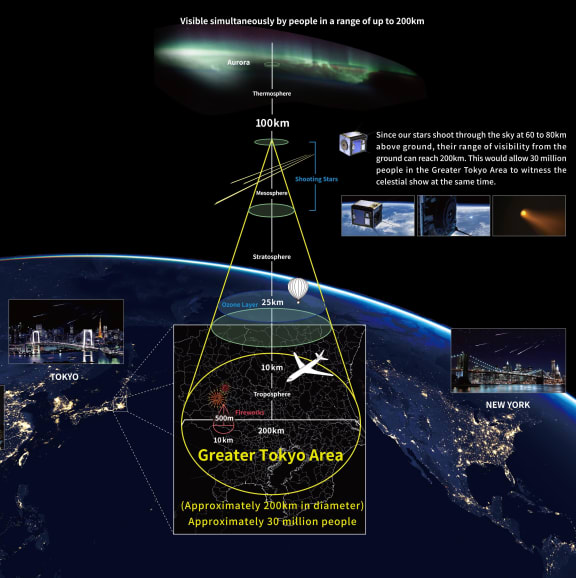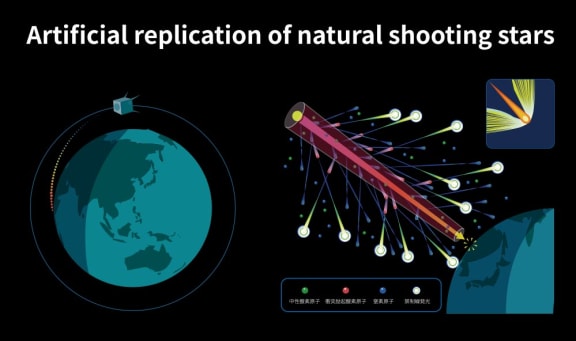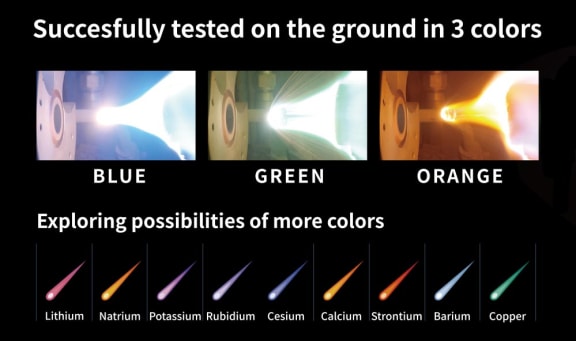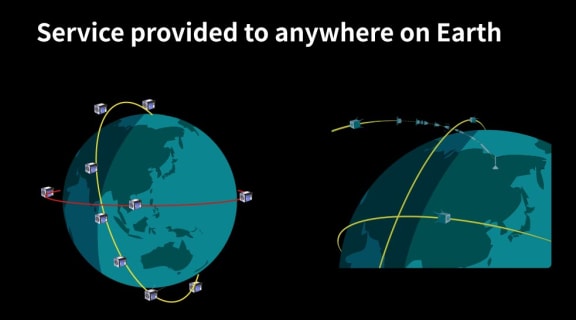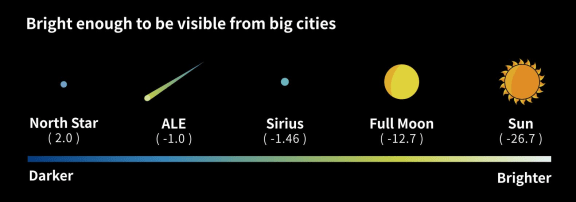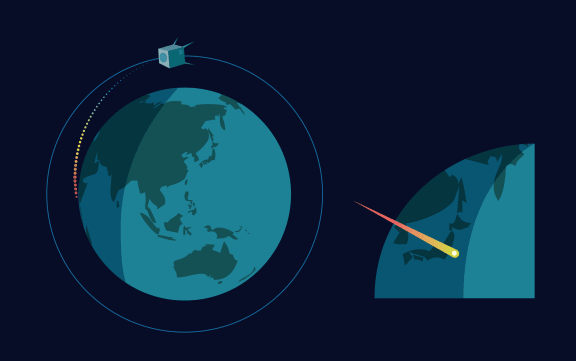A Japanese start-up wants to create a “sky canvas” by shooting pea sized metal spheres into the upper atmosphere to create artificial meteor showers.
The tiny balls would then burn up as they fall from space, at roughly 28,000 km an hour, creating a starry spectacle that could be seen for 200km.
Rie Yamamoto is the company spokesperson based in Tokyo.
She talks to Kathryn Ryan.
Read edited highlights of their conversation
KR: Why this idea?
RY: This idea came about when our CEO [Lena Okajima] first thought about the idea when she saw the Leonid meteor shower back in 2001 and she actually has a PHD in astronomy so she thought to herself that it’s technically possible to recreate it and she knew the mechanism by which natural shooting stars are born so she thought to herself: what if you create it artificially?
And she had that it was just an idea at the time and she had it in her head for a while and over the years she realised how much she really enjoyed watching shooting stars and she decided to give the idea a go in 2009.
KR: Is part of it also just an exercise in scientific and engineering skill, is it just fun as an exercise to see if this can happen?
RY: I think she knew that – not only does this have a business opportunity, but from her background, she actually knew that this was something that could contribute to further studying the field. She knew that there were going to be scientific contributions from this project, so I think that potential, doing business while doing research in the field, was something that excited her and she wanted to give it a shot.
KR: So what is in involved in the process?
RY: First of all our shooting stars are going to look a little bit different to naturally occurring stars so you will actually know that it’s ours and not a natural one. Since they’re longer and they’re slower and we’re also hoping to change the colour. When we do it we are creating our own stream star – we call them pallets or source particles… So we’re essentially creating these artificial and putting them on to a micro satellite. We’re putting about 500 to 1000 of them on to a micro satellite and reserving a rocket and sending it into outer space and once [it] goes into orbit we’re then able to send a signal to it saying “hey we would like ten shooting stars over this location over at Tokyo” and that satellite will basically discharge the pallets. And then as the pallets come down into the atmosphere they obviously burn with friction in the air and become shooting stars, but again they’re going to look a little bit different from natural ones.
KR: So will these shooting stars seem closer to people seeing them?
RY: We are not actually sure yet, but I would say that the artificial shooting stars we are going to be creating will be burning at a similar altitude to the natural ones.
KR: How far out are we talking distance-wise?
RY: So the satellite itself is going to be orbiting at around 500km above the earth and as for the shooting star range they’re going to be around 60-80km above the earth.
KR: As well as being visually spectacular but it will also serve a scientific purpose, what is that?
RY: Yes, there are several. One is we’re hoping that this will shed light on the mechanisms of natural shooting stars. Currently, we know very little about natural shooting stars because it is fairly difficult to anticipate when they’re going to happen and observe closely and since we know when our shooting stars are going to happen and the velocities and the angles and what it’s made out of. We’re hoping that observing these shooting stars will shed light on how shooting stars behave.
And the second portion is we’re hoping that this also leads to further insights of how things work in the upper atmosphere and give insights on how the environment will change. The reason why is because the layer that these shooting stars are going to be coming through – little is known about the upper atmosphere because it’s essentially too high for balloons and aeroplanes but then too low for spacecraft to study so we’re hoping that the close analysis of these shooting stars may reveal temperatures, densities and movements of the atmosphere hoping to give insights into how the environment will change over the long term.
